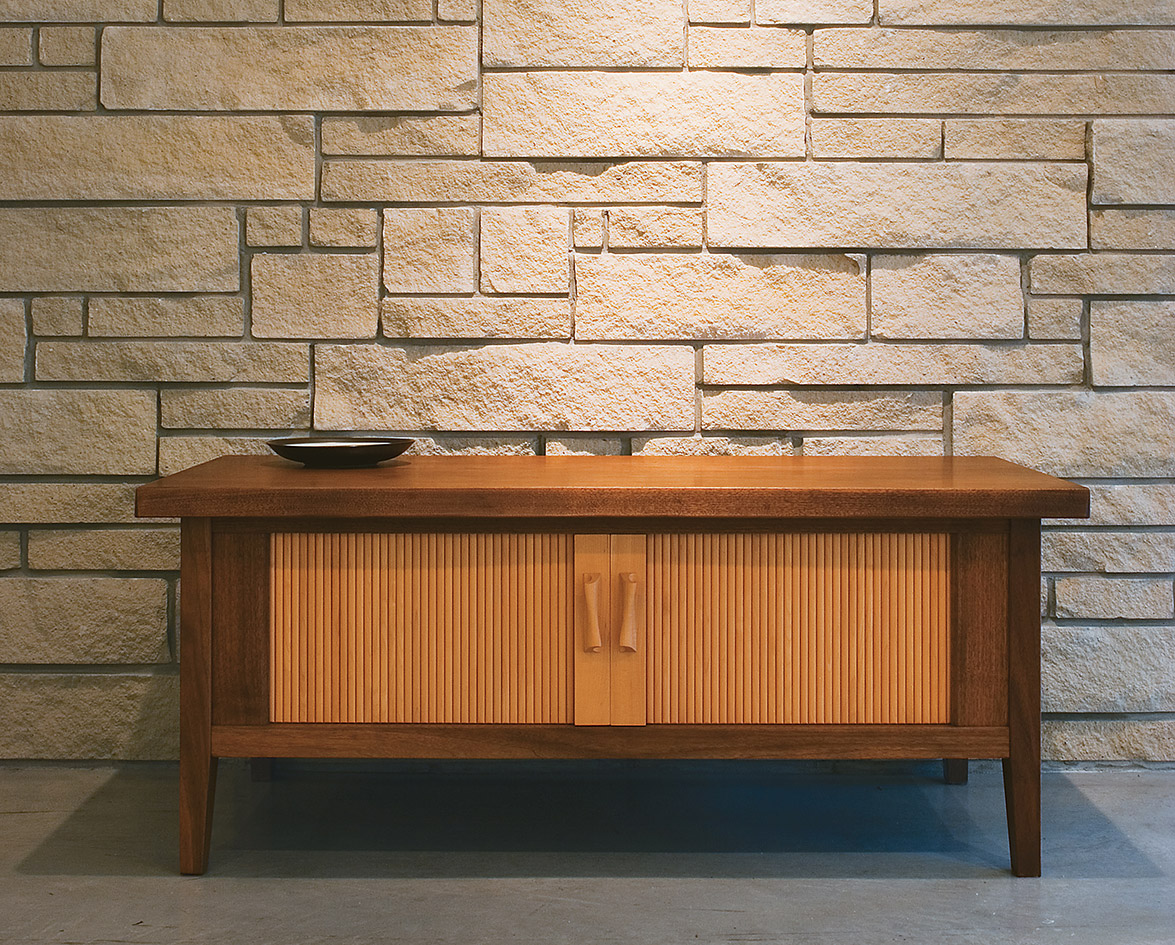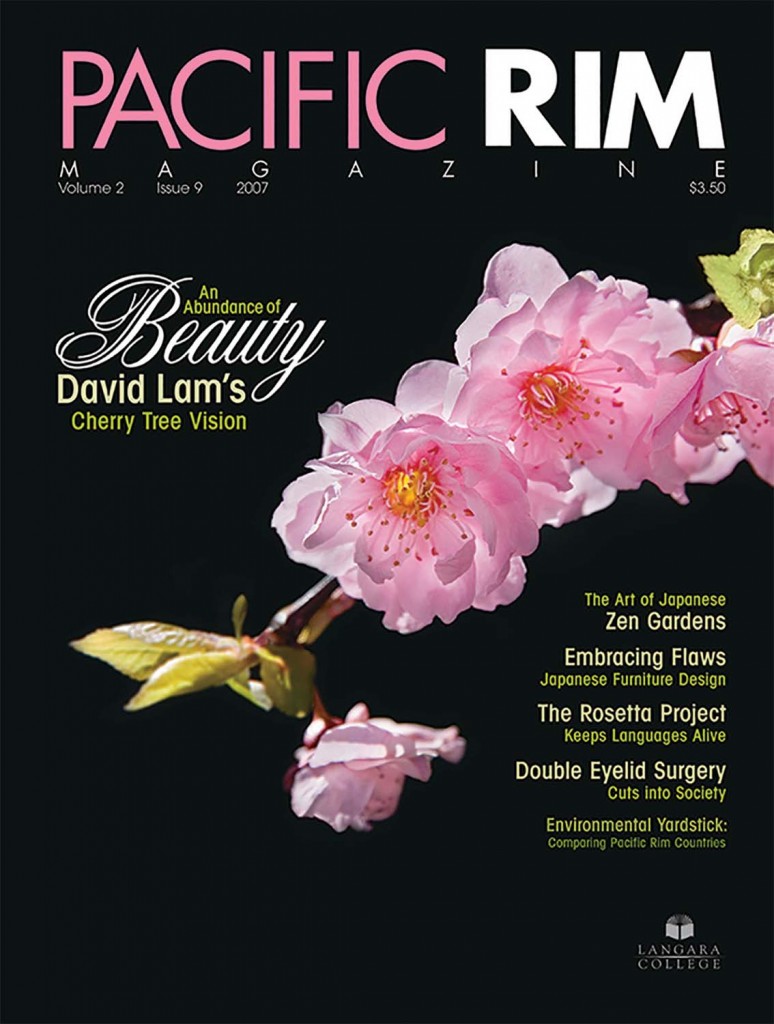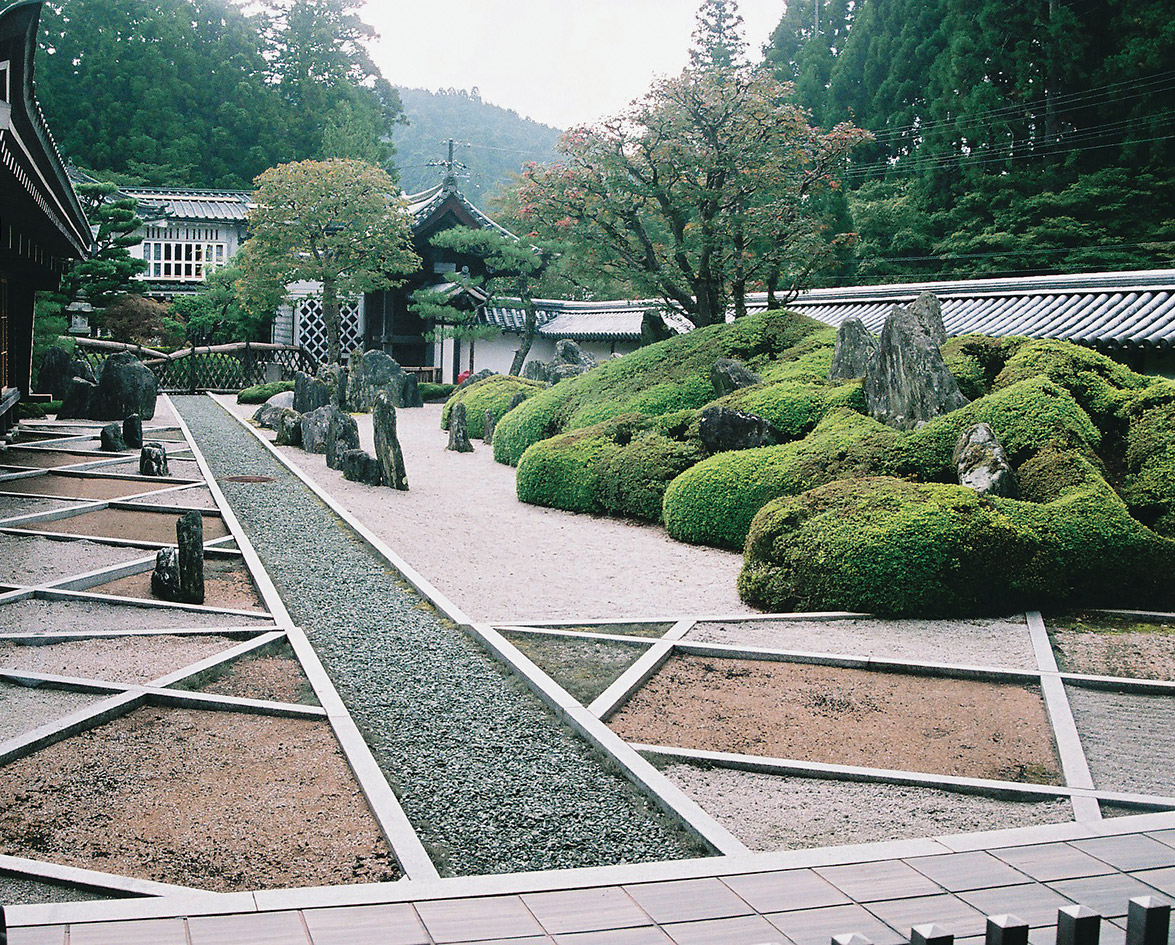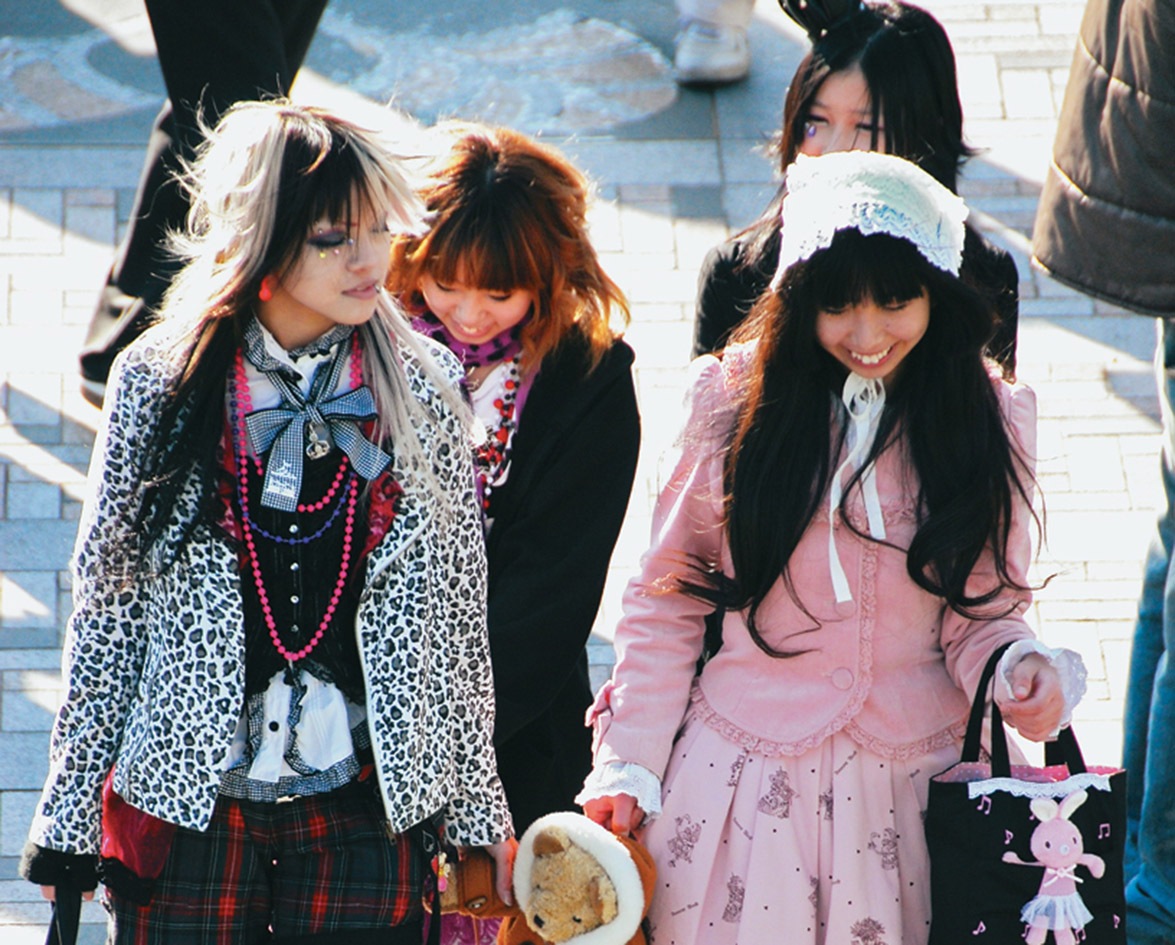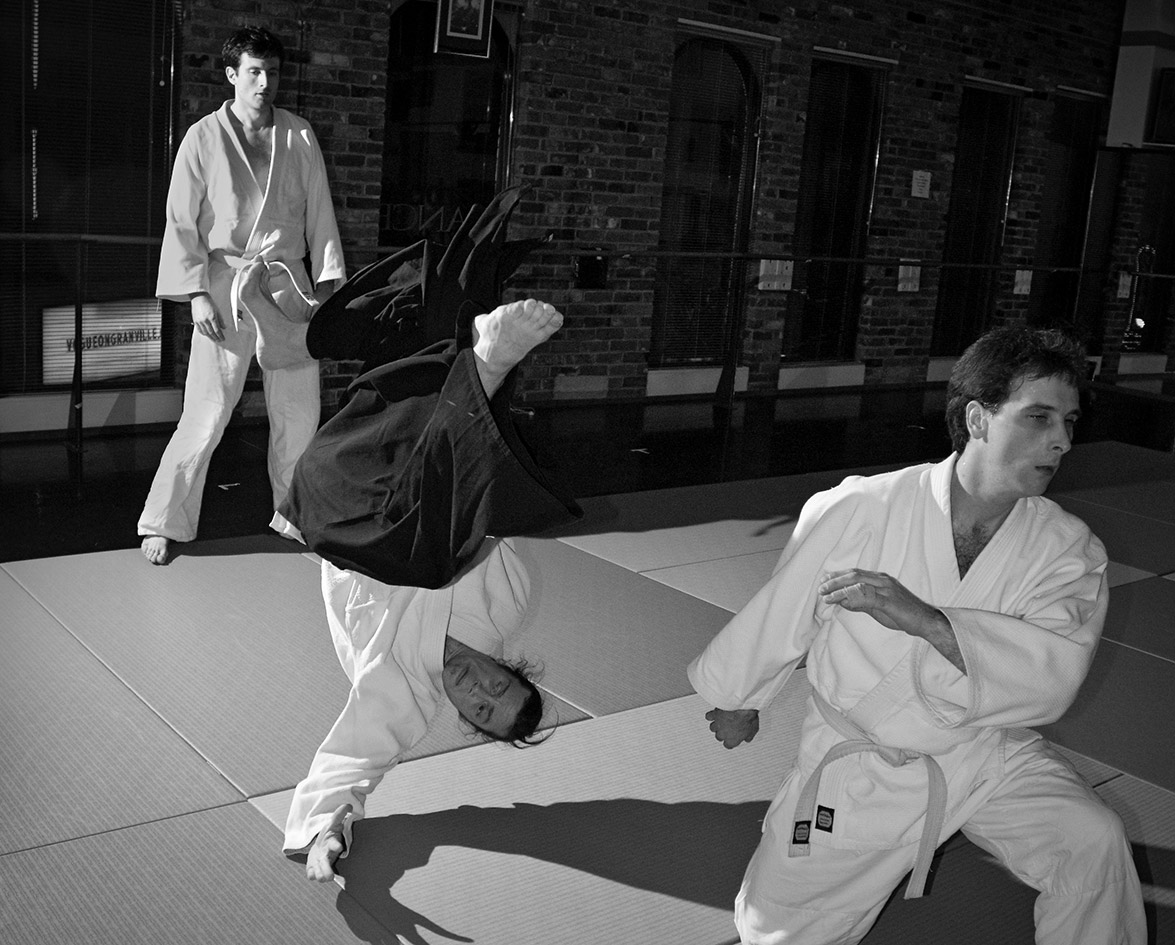Imagine the bustling city streets of Japan with flashing advertisements, cutting-edge technology, and buildings of steel and concrete. Although urban architecture may be hard and grey on the outside, people’s home furnishing choices tend toward a more organic feel. The use of natural materials, such as wood and bamboo, reflect the search for a peaceful existence in one of the most populated countries in the world. Japanese furniture design, in both rural and urban areas, reflects an inextricable link to the raw beauty of nature. The idea that nature is perfectly imperfect and ‘less is more’ is becoming increasingly popular in West Coast homes.
Influence Of Style
Japan has a tremendous effect on Vancouver. It has influenced many things, including food, architecture, medicine, and fashion. It comes as no surprise that the furniture with which we adorn our surroundings adopts these influences as well. The fusion of east and west embraced on the West Coast is part of what makes our city so special. Although the east’s influence on furniture design dates back hundreds of years, it was not until the beginning of global trade that ideas and products were exported in a monumental way. Japanese inspiration took off after World War II when trade with Japan became commonplace, a means through which cultural and artistic ideals were exchanged. Nowadays, there is a fondness reserved for Japanese style, and it has been deeply embedded in our society.
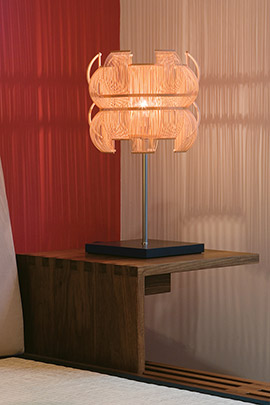
Traditional Japanese design uses solid hardwoods instead of veneer, making pieces more substantial and natural. Edges are raw, paying homage to the trees’ natural form and imperfections and resulting in each piece being an individual work of art. Tabletops are often made of solid wood, with knots and splits visibly celebrated as part of the design. Ron Cromie, owner of Kozai Designs Inc. in Vancouver, said, “Each piece is celebrated for its imperfections and left in its raw state.” He explained that the idea behind these designs is to create warmth by using a combination of natural woods and soft lighting. Cromie opened his shop in 2003, specializing in Japanese handcrafted furniture and lighting.
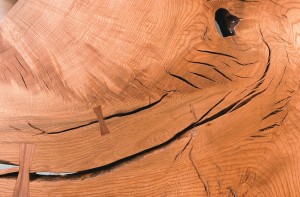
Practicality In Simplicity
In the past, Japanese homes contained very little furniture or decoration. Tansus (chests) were usually the only furniture a household contained, and not for purposes of decoration, but for practical uses such as storage. This minimalist philosophy is still common in contemporary Japanese style. “The particular kind of beauty found in the crafts is that [which is] identified with use,” explains Soetsu Yanagi, founder of the folk-craft movement in Japan. “It is born of use. Apart from the use, there is no beauty in crafts.” This ideal is still alive today, and fundamentally gives Japanese-style furniture its individuality. Pieces are kept very simple; designs tend to steer away from the ornate, keeping them practical and reflecting the natural materials from which they come. This design concept lies in the system of wabi-sabi. Wabi is the quintessence of modesty and humility and is a reaction against austerity and pretension. Sabi is the maturity that can only be attained after years of wear and existence. Together, they form the balance and unity found in nature. Asymmetry and natural forms provide contrast against modern society and our manufactured world, allowing and celebrating imperfections. This provides a refreshing change from obsessions with ornate and faultless beauty.
“Japanese furniture design, in both rural and urban areas, reflects an inextricable link to the raw beauty of nature.”
The Japanese name for subtlety and simplicity in design is shibui. It is described as the height of beauty that makes you want to look twice but leaves you unable to explain why. It possesses a natural element and magnetism that cannot be explained. Only by combining superior craftsmanship and material with an element of nature can one achieve shibui. Subtlety of one’s possessions was integral to the lives of the merchant class during the Edo period (1603–1867). As the ‘lowest’ of class in Japanese society, they had to find ways to adorn their possessions and goods without looking as though they were trying to overstep class borders. Although this is no longer applicable today, the idea is still an important factor in the design. Cromie says the mood and lighting of pieces directly influence the atmosphere and warmth. Only the finest woods are used, and are finished with a coat of natural lacquer to bring out the beauty of the grain. This, mixed with the perfect lighting, can create tremendously comfortable surroundings. In the Kozai gallery showroom, the furniture and lighting create a cozy feeling that makes you want to reach out and touch every piece.
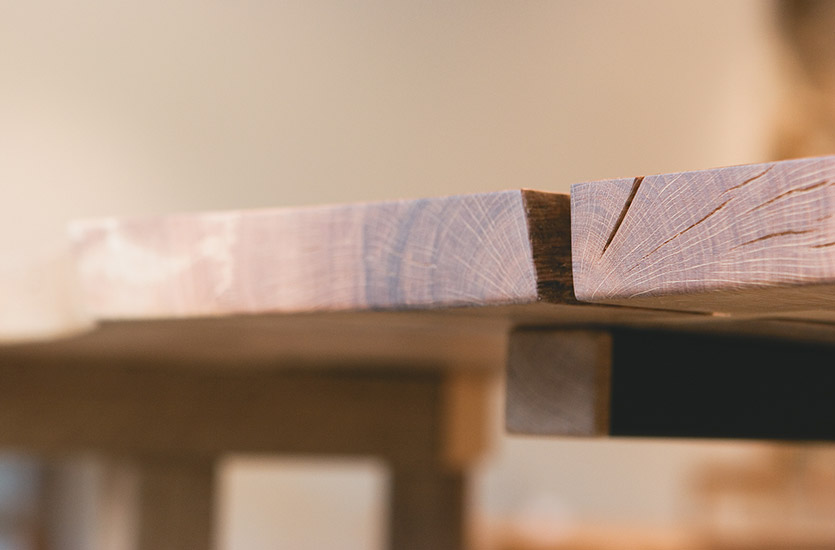
The colour of the wood also plays a big part in the feeling of a piece of furniture. The types of wood finish cause the differences in colour. For warmer tones, lighter woods such as eastern maple or elm are used. For darker pieces, walnut or rosewood could be used, but the natural texture shows through. Painting the wood is not common practice, since in some box stores particleboard is painted and sold for low prices. The Japanese have revolutionized joinery for furniture-makers worldwide and are well known for the complexity of joints. Without the use of nails or pegs they have achieved impeccable structure and design, using intricately carved joints. Very few rigid joints are used compared to North American and European design. Traditionally, due to the threat of earthquakes, typhoons, and other natural hazards, joints were built to absorb shock and withstand severe circumstance. “Japanese furniture fits in perfectly amongst traditional West Coast homes and even enhances the look amongst the eclecticism,” explained Ashley Nelson, an interior designer on Vancouver Island for over 12 years. Nelson has experienced an increased demand for Japanese-style furniture in the past few years.
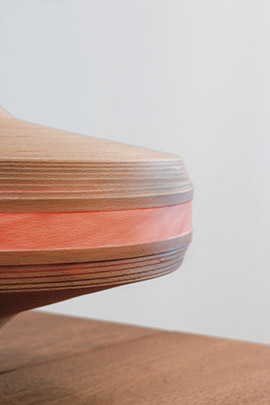
In keeping the furniture as natural as possible, designers let nature speak through the medium. “The question of beauty is reduced to the elements of grace and utility, devoid of novelty,” said Gary Kent, a local woodworker who, throughout his career, has been inspired by Japanese design techniques. It is no wonder that Japanese style is ‘in’ among designers, artists, and consumers alike. It may seem simple in appearance, but it is aesthetically deceptive. It represents great craftsmanship of the furniture maker and nature itself, and transforms each piece into a work of art.





